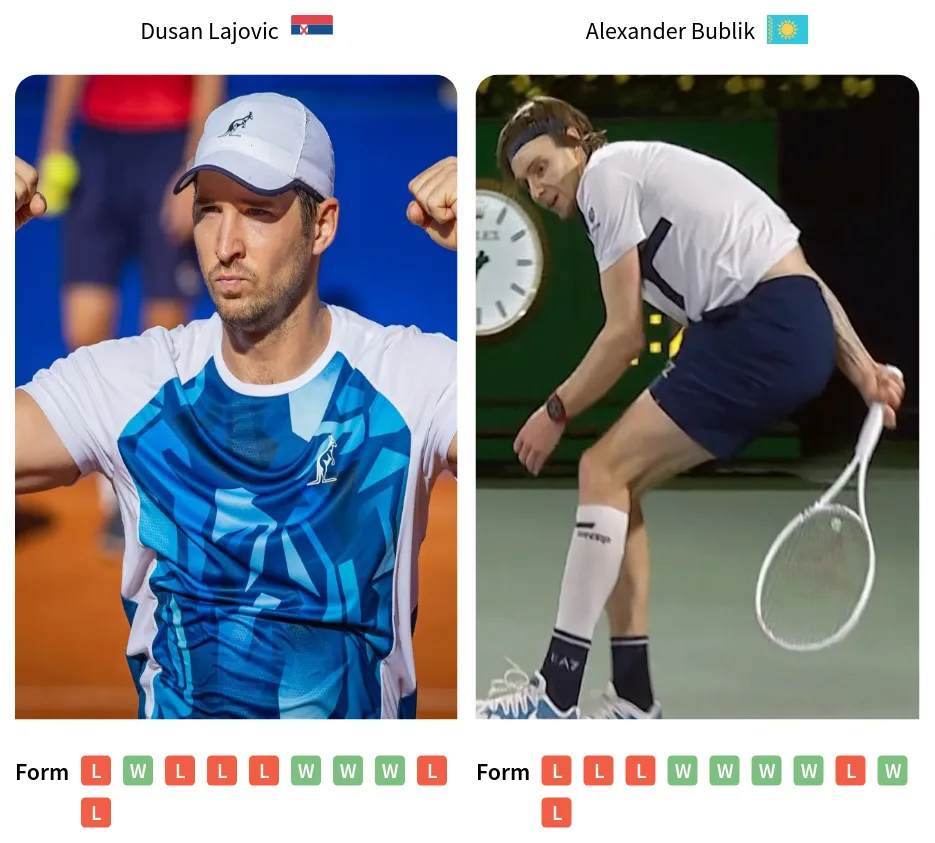Okay, so I dove into this “bublik tennis prediction” thing, right? Here’s the whole shebang, from start to (sort of) finish.
First off, Why? I’ve been messing around with sports data for a bit, mostly basketball. But tennis always seemed…cleaner. Less reliant on team dynamics, more on individual skill (and a healthy dose of luck, of course). And Bublik? Well, he’s a wildcard. Predicting him seemed like a fun challenge.

Gathering the Goods: Data, data, data. I started scavenging for tennis match data. Found a few decent sources with historical match results – player stats, rankings, court surface, all that jazz. Cleaned it up, chucked it into a CSV file. This took longer than I’d like to admit. Dealing with inconsistent data formats is a real pain.
Simple Model Time: Okay, so I’m no ML wizard. I decided to keep it simple. Started with a basic logistic regression model. Figured I’d feed it player rankings, recent win/loss records, maybe surface type, and see if it could spit out a probability of Bublik winning. Used scikit-learn in Python, because, well, everyone does.
Coding it Up: Here’s where things got messy. Wrangling the data into the right format for the model was a struggle. Had to one-hot encode the surface types, scale the ranking data, all that stuff. Debugging was a constant companion. I swear, half my time was spent staring at error messages.
Training and Testing: Split the data into training and testing sets. Trained the model on the historical data, then tested it on some more recent matches. The initial results? Not great. Like, barely better than a coin flip. Ouch.
Tweaking and Tuning: This is where I started fiddling. Tried adding more features – things like head-to-head records, average games won/lost, even things like player height (because why not?). Experimented with different model parameters. Still, the improvement was minimal.
The Bublik Factor: Here’s the thing I realized: Bublik is just…unpredictable. He can play like a top-10 player one day, and completely tank the next. His performance seems to have a huge random element. My simple model just couldn’t capture that chaos.
Where I’m At Now: The model isn’t predicting Bublik’s matches with any great accuracy. I could try more complex models, like neural networks, but honestly, I’m not sure it would make a huge difference. The randomness might just be too much to overcome.

Learnings: This was a good exercise, even if the results weren’t stellar. I got better at data cleaning, model building, and debugging. More importantly, I learned that some things are just inherently hard to predict. And maybe, just maybe, that’s part of what makes Bublik so fun to watch.
Next Steps? I might try incorporating some external factors, like news articles or social media sentiment. See if there’s any signal there. Or maybe I’ll just move on to predicting someone a bit less… Bublik-y.

















